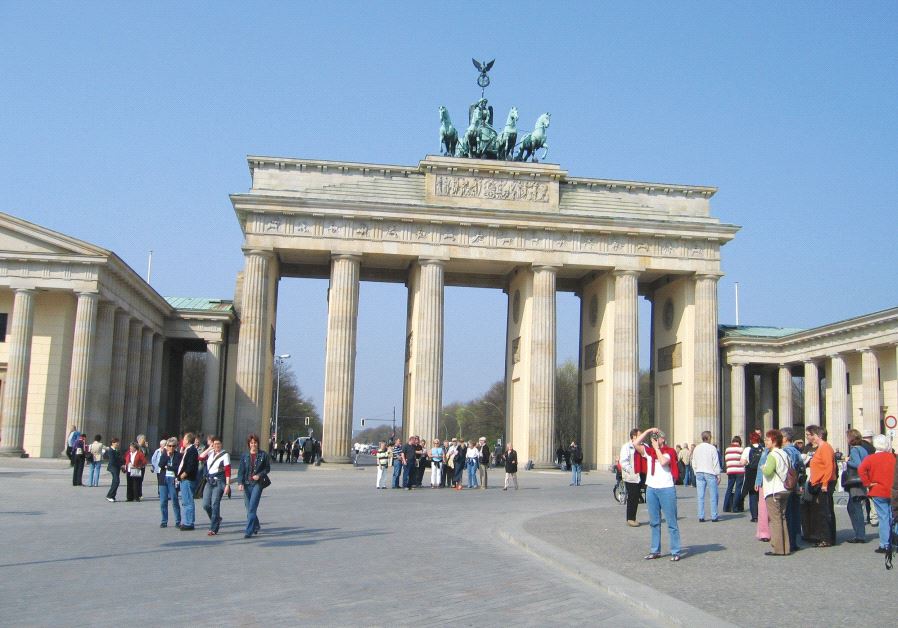Much to see, feel and do in Berlin
Despite the recent Christmas market terrorist attack, tourists will still flock to this city because it is a mecca of art and music.
 The Brandenburg Gate, the stark, scarred archway in Berlin, Germany(photo credit: BEN G. FRANK)
The Brandenburg Gate, the stark, scarred archway in Berlin, Germany(photo credit: BEN G. FRANK)